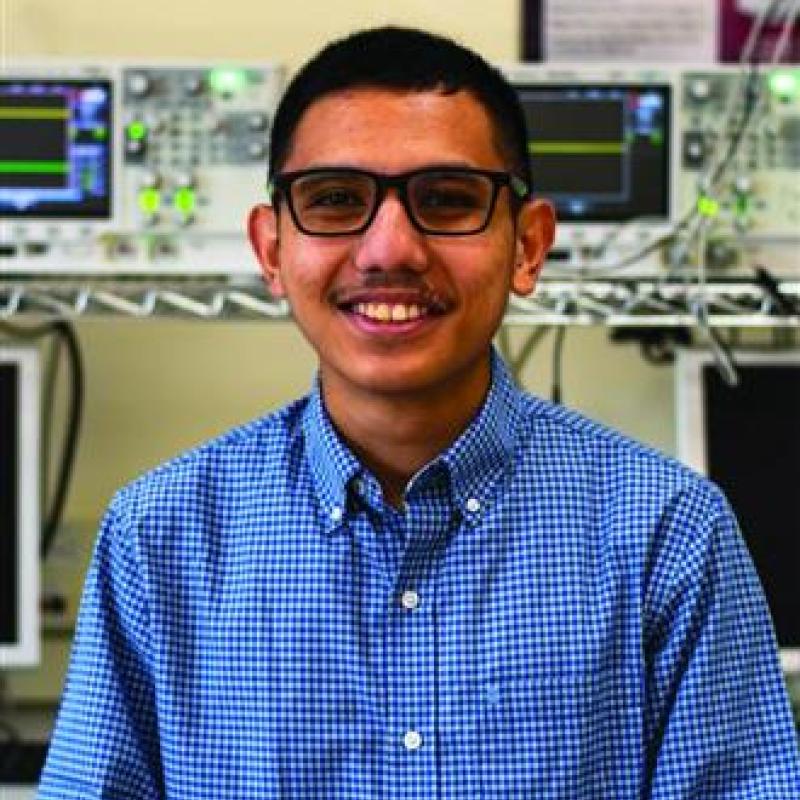Aaron John Estrada

Major: Electrical Engineering
Mentor: Dr. Nansong Wu
About
Background:
Aaron John Estrada grew up in Glendale, California, after spending his early years in the Philippines, where his formative experiences sparked both resilience and a passion for service. His upbringing was shaped by structured environments such as the Citizens’ Advancement Training Corps and the Boy Scouts of the Philippines, where he developed leadership, discipline, and a curiosity for technical problem-solving. After moving to the United States, he expanded on those interests through the Civil Air Patrol, where he became actively involved in aerospace education, search and rescue, and emergency services. These experiences deepened his commitment to applying technology in the service of community needs while nurturing his passion for aerospace operations. His bicultural background, coupled with these formative influences, instilled in him adaptability and a drive to pursue paths where technology and service intersect. This foundation has directly contributed to his educational trajectory in electrical engineering, as well as his research focus on aerospace systems, wireless communications, and LiDAR-based Simultaneous Localization and Mapping (SLAM).
Research Interests:
Aaron’s research interests include aerospace systems and wireless communications, with a focus on developing technologies such as UAV-based automatic radio direction finding for search and rescue missions. This work has broader implications for improving disaster response, enhancing the safety of air operations, and advancing automatic systems capable of supporting critical missions.
Current Research:
Aaron is currently developing his Electrical Engineering Senior Design project at Sonoma State University under the mentorship of Dr. Nansong Wu, where he is developing a UAV-based Automatic Radio Direction Finding (ARDF) system for Search and Rescue applications. His research focuses on creating an airborne communications payload designed to detect and localize emergency beacons such as ELTs and EPIRBs with greater speed and accuracy than traditional ground teams. To achieve this, he is analyzing Direction-Finding (DF) antenna configurations, integrating hardware platforms such as software-defined radios (SDRs), and leveraging a Digital Twin environment to replicate real-world signal propagation and evaluate system performance prior to flight testing. The project aims to strengthen disaster response capabilities by reducing search times and improving the reliability of emergency beacon localization in complex environments.

